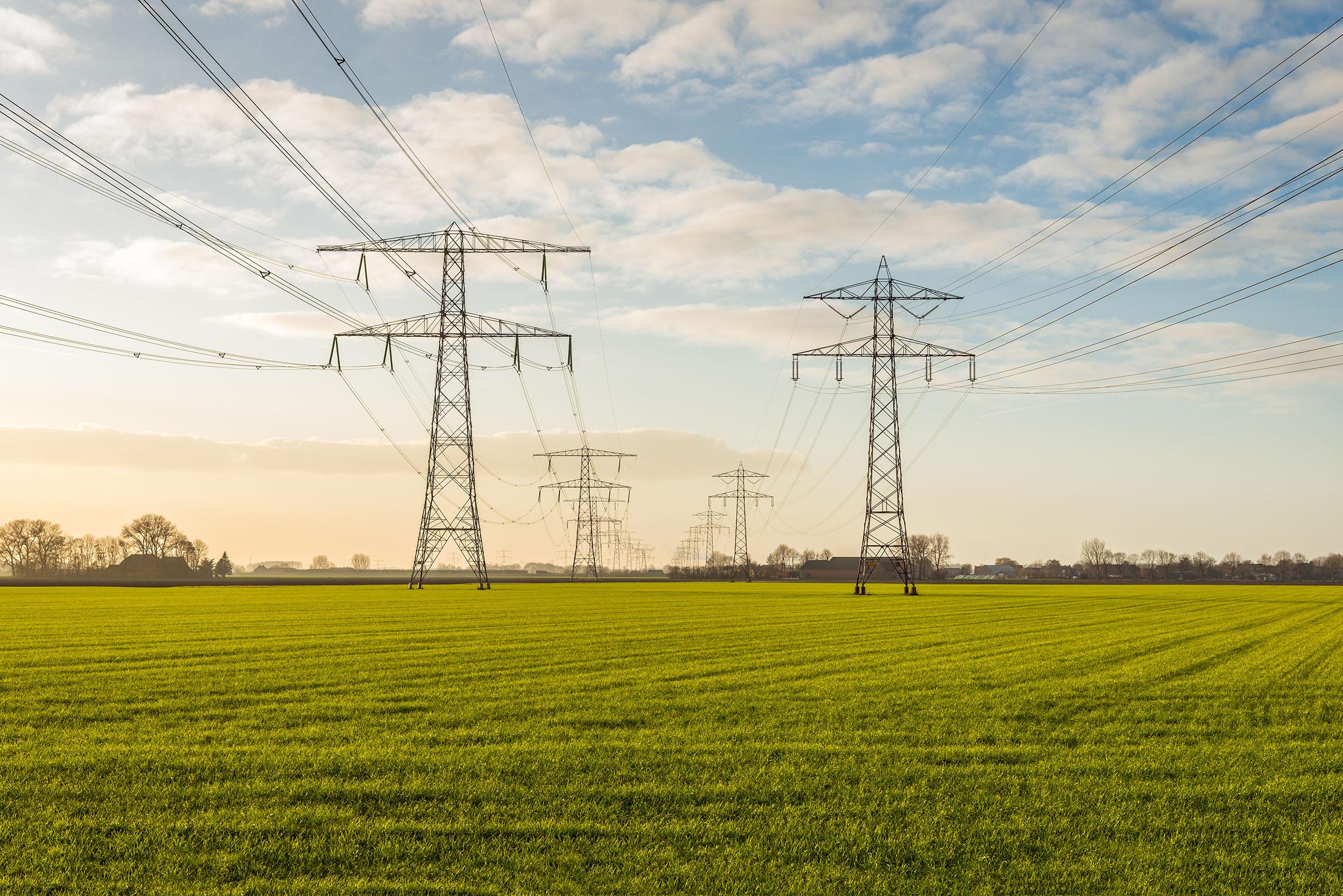
Risks Rising for the Nation’s Electric Grid
WH and the electric cooperative network provide power to more than 42 million Americans in 47 states. We take our commitment to reliable power seriously.
Posted by Tim Sullivan on May 31, 2024
Amid explosive demand, America is running out of power – The Washington Post, March 7, 2024
The U.S. Urgently Needs a Bigger Grid – The New York Times, April 9, 2024
There’s Not Enough Power for America’s High-Tech Ambitions – The Wall Street Journal, May 12, 2024
Consider the three headlines above. Sensational? Overstated? Not according to the nation’s electric reliability experts.
Two prominent industry watchdogs just published high-profile warnings about the rising risks to the nation’s electric grid. The first was the 2024 Summer Reliability Assessment issued by the North American Electric Reliability Corporation (NERC). If you’re unfamiliar, NERC has extensive regulatory authority over the nation’s electric system and is widely considered to be the most credible authority on grid reliability.
NERC’s assessment says our region is at “elevated risk” for reliability interruptions this summer, which means there is “potential for insufficient operating reserves in above-normal conditions.” What are above-normal conditions? Conditions of unusually “high demand or low resource output.” Think of a high demand day as the hottest, muggiest day in July or August when air conditioners in homes, stores and office buildings are running at max capacity. Think of low resource output as a calm day when very little wind power is being generated, or outages are occurring at usually reliable facilities, like nuclear and gas plants.
The second warning came from the Midcontinent Independent System Operator, referred to as MISO. MISO monitors and controls power flows to ~45 million people across 15 states, from Minnesota to Texas, including members of Wright-Hennepin.
MISO said it projects sufficient generation resources for the summer season but that “risks continue to mount” and that “above normal temperatures” would “create uncertainty” on reliability. In fact, MISO says it may need to “implement emergency procedures” in “high-demand scenarios.”
What should you make of all this? Are rolling blackouts likely this summer? Is there anything that can be done to mitigate reliability risks? What action might an electric consumer reasonably take in response?
MISO’s short answer is that the risk of even a single rolling blackout occurring anywhere on their system this summer is “low but not negligible.” Put another way, it’s highly likely that the grid will withstand the demands this summer but that due to “uncertainty” in the availability of resources, there is no absolute assurance.
In part, this is because so many traditional fossil fuel plants have been retired in recent years, replaced by renewable resources which are cleaner but also more intermittent. That means reliability risks increase when the wind doesn’t blow and the sun doesn’t shine.
NERC puts it this way: “It can be challenging for MISO to meet above-normal peak demand if wind and solar resource output is lower than expected. Wind generator performance during periods of high demand is a key factor in determining whether there is sufficient electricity supply on the system…”
Overall, this information is a very good reminder of why - unless and until new, reliable technologies become commercially available - the grid must continue to rely on “dispatchable” resources like gas-fired generation. “Dispatchable” in this context means a generator that can be started on-demand. This generation is absolutely essential to ensure power remains reliable when renewables aren’t available. After all, our electric system never takes a break. It must be available 24/7/365.
WH and the electric cooperative network – which provides power to more than 42 million Americans in 47 states – take our commitment to reliable power seriously. Our national trade group – the National Rural Electric Cooperative Association (NRECA) – advocates on behalf of energy consumers with state and federal policymakers.
NRECA CEO Jim Matheson puts the goal this way: “Let’s have a pragmatic, practical, common-sense conversation about energy policy,” Matheson said. “Not one that undermines reliability and is framed by an all-or-none dynamic.”
So, what can you do as an electric consumer? Consider these four simple steps:
- Participate in one or more of WH’s Energy-Saving Programs. Save both energy and money by enrolling in our home heating, air conditioning, water heating, electric vehicle charging or other demand management programs. This means you will be doing your part to reduce demand during critical times, helping to ensure grid reliability for all.
- Join WH’s grass roots network: As a member of WH’s public policy network, you’ll stay informed and have an opportunity to advocate on policies that impact electric reliability. To enroll, just click here.
- Be prepared, stay informed. If demand threatens to exceed supply this summer, WH will notify our membership via email, social media posts, and our website, whe.org.
- Take action. We’ll recommend simple steps like turning up your thermostat, pulling down your blinds, delaying use of your washer and dryer, and preparing food with a grill instead of an oven.
Whatever transpires, look to WH for timely information and updates. Together, we’ll ride through any difficulties. In the meantime, count on us to continue to put your interests first, including your need for 24/7/365 reliable service. Thank you for your business.
